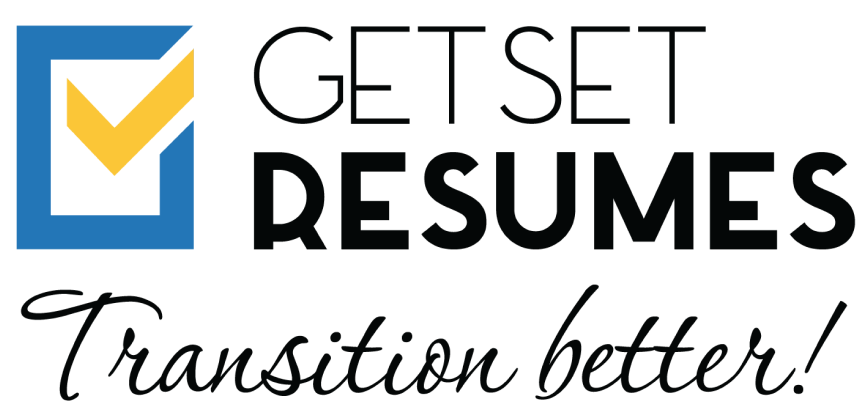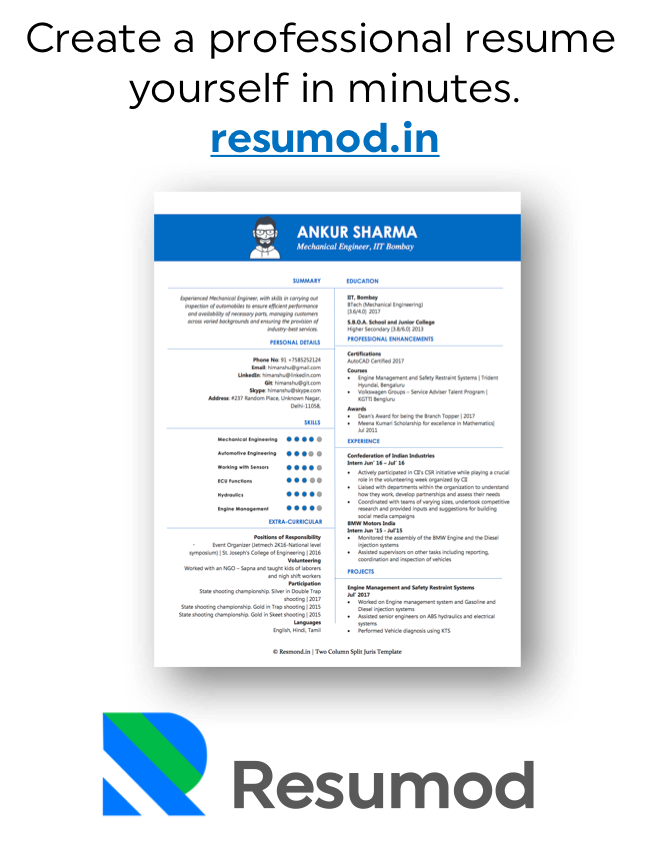One of the best features of LinkedIn is that, unlike any other social platform, they allow you to see who’s been eyeing your profile. If one of those people was a recruiter, you have an interesting opportunity on your hands. Even if the recruiter hasn’t contacted you directly, they’ve at least showed curiosity in your profile. There are a few things you can do to leverage that curiosity to your personal benefit.
1. Check the Recruiter Out
If the recruiter primarily works for athletic brands and you work in the restaurant industry, you probably don’t have a lot in common. If there’s some overlap, it’s likely that the recruiter was seriously checking you out. Return the favor. Read their profile, understand what they do, and figure out what their angle would be if they approached you. It’ll help you plan a way to move forward.
2. Look At Your Own Profile
If you’ve forgotten to update or include relevant experience on your profile, it’s a shame you didn’t do that earlier. Do it now. If you develop a relationship with the recruiter, they’ll see more interesting information the next time they take a look at your profile. Better late than never!
3. Investigate the Opportunity
Check job boards to see if any of the employers that the recruiter works with have recently posted any positions. You’ll know what seems to be available, and whether or not you’d be a good fit. Sometimes, recruiters begin searching before a position has even been advertised, so don’t feel disheartened if you don’t see anything just yet.
4. Tailor Your Resume
If you’re planning on shooting for a job, tailor your resume to suit what the recruiter is looking for. Recruiters see a lot of resumes, and they don’t have time to read manuscript length work histories. Figure out what you can leave off of your resume, and condense the important stuff down to a page or two. You’ll have the perfect resume ready for when you need it.
5. Find Common Ground
Common ground will allow you to shape your approach when you message the recruiter. If the recruiter has job opportunities listed right on their profile, that’s more than enough common ground. Look for the dots that connect you to the recruiter. You’ll know what to bring up when you eventually speak to the recruiter, and you’ll have the chance to make a strong first impression.
6. Connect With The Recruiter
If you’re already connected to the recruiter, that’s your entryway. If you aren’t, you’ll need to connect with the recruiter. Don’t use one of those generic responses – the recruiter has seen all of them before. Instead, thank the recruiter for checking out your profile, and briefly mention your common ground.
7. Reach Out to the Recruiter
If the recruiter doesn’t reach out to you directly about a possible position after you’ve connected, you might have to be the one to take initiative. Emailing or calling the recruiter will show just how serious you are – you weren’t just being opportunistic on LinkedIn, because you saw value in a real opportunity. Don’t wait too long for the recruiter to come to you. That recruiter might be considering others, and you’ll want to come out ahead.
It’s important to act quickly, but not too quickly. You don’t want it to look like you’re desperately refreshing your views to see who’s been scoping you out. Take a day to put together your plan and come in with a smooth approach.




The article was catching and intriguing enough to get all possible nuances to recall. In my view, it’s much better to be ready for all the unexpected situations in advance, so thanks, it was pretty cool.